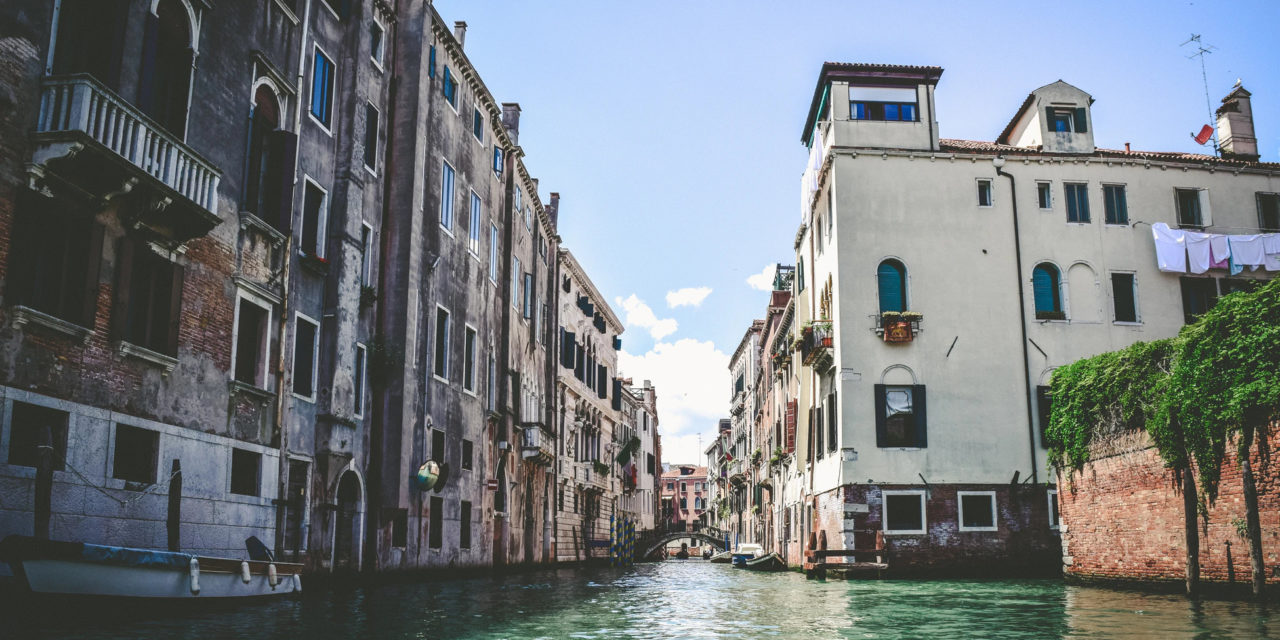The historic Italian city of Venice has been engulfed by intense flooding with up to 80% of the city underwater and at least two people dead. High water levels reached up to 1.87m (6ft), submerging the city’s historic basilica and cutting power to homes, according to the BBC.
Venice is home to some 118 islands, all connected through bridges and separated by canals. The city experiences flooding every year, but according to experts, this is the worst of its kind since 1966. This time, the flooding was caused by both a high spring tide and a storm surge worsened by strong winds blowing from the Adriatic Sea.
Not only has there been infrastructural damage to the city, there has also been a cultural cost. The famous St Mark’s Basilica has suffered from ‘grave damage’ with fears that its columns have been structurally compromised.
“It hurts to see the city so damaged, its artistic heritage threatened,” Italian Prime Minister Giuseppe Conte said at the scene.
According to Conte, resources and funds will be provided in the form of a hydraulic barrier system and by accelerating an on-going project for flood defence, with more emergency measures expected to be announced later today.
However, the on-going flood defence project – known as MOSE – has been in construction since 2003. The highly-expensive project was anticipated to conclude by 2018 but missed its deadline due to evidence of bribery and corruption. A new date has been set to 2021.
Is Climate Change to Blame?
The Mayor of Venice, Luigi Brugnaro, pointed the finger at climate change for facilitating the highest water levels in the city for more than 50 years. While experts believe that no single event can be completely linked to the phenomenon, it has been proven that climate change has exacerbated weather disasters like flooding and hurricanes. Not to mention, Venice is already sinking a few millimetres a year, making the situation much more calamitous.
Rising sea levels are one of the most pressing elements of climate change, and as a city literally floating on water; it cannot afford levels to rise anymore. As global warming continues, more ice will melt into the ocean, leaving the city and many like it at greater risk.
- This Artist is Making the Underwater Arena His Canvas - 28th April 2021
- A Video Game that Promotes Peace and Conflict Resolution - 15th March 2021
- Netflix’s ‘Living Undocumented’ is a Difficult Series to Watch, and Exactly Why We Should - 9th March 2021






